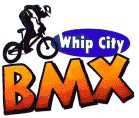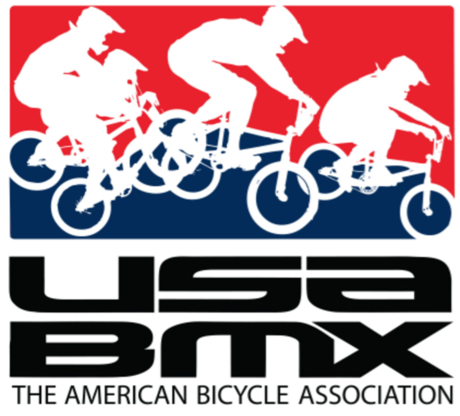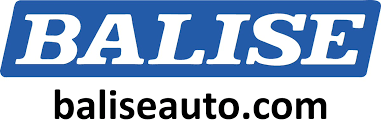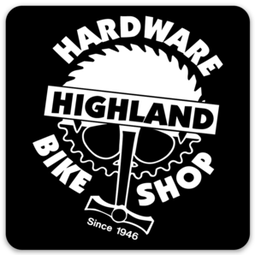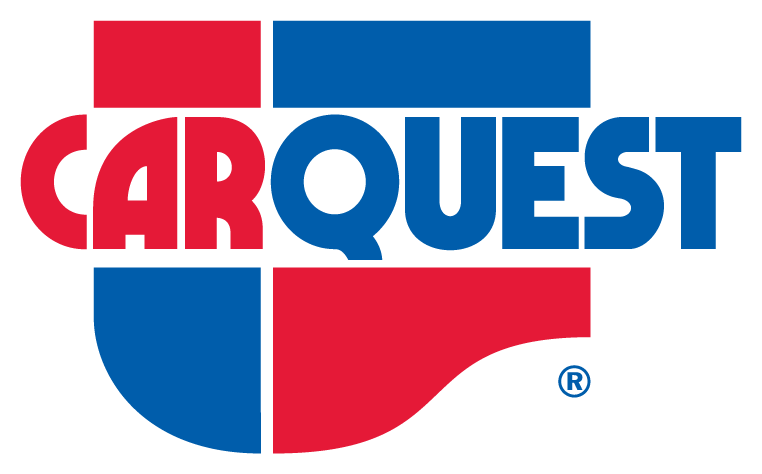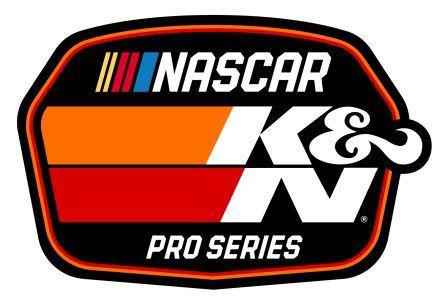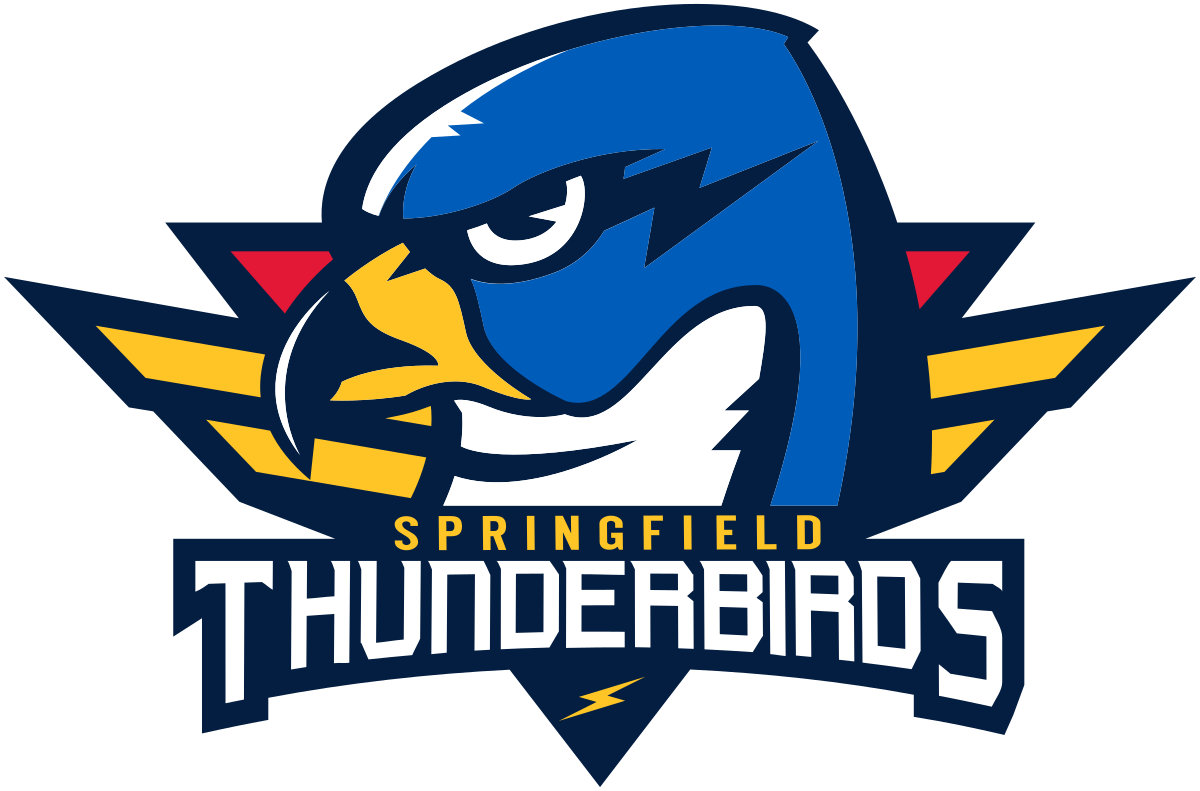| |
||
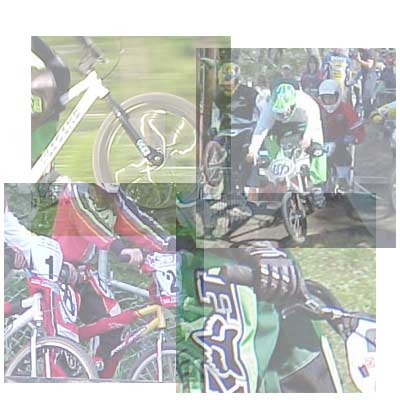
|
||
|
Wear for the racer: |
||
| Helmet
|
A full face or an open-face helmet with a fastened mouth guard is required at all times on the track. You must also fasten the chin strap on your helmet so that if you take a fall, your helmet will not fall off your head. Ten-speed helmets or helmets that only cover the top half of your head are NOT acceptable. | |
| Pants
|
Full-length pants are required (pants that extend to the shin are NOT acceptable, even if worn with shin-pads). A heavy material is strongly recommended for your racing pants (such as jeans or specially designed racing pants). Sweatpants and "wind pants" are just too thin and will rip easily if you take a fall (thus subjecting your body to unnecessary scraps and cuts). The bottom of the pant legs should fit snuggly around your ankles so that they do not get caught in the bike chain. Specially designed padded BMX racing pants are the best bet to prevent injuries. (The track is made partly of gravel, which has a tendency to go through thinner pants very easily.) | |
| Shirt
|
Long-sleeve tucked-in shirts are required. Short sleeve shirts are not acceptable, even if worn with elbow pads. Extra-baggy shirts or shirts that are not tucked-in to pants are NOT permitted, as they can become caught in someone else's handle bars while on the track (trust us, this can happen...) | |
| Shoes
|
Shoes that cover your entire foot are required. Sandals, even if worn with socks, are NOT permitted. Specially designed shoes for BMX racing have grooves in the sole which allows the foot to grip the pedals for maximum torque-ing power. However, any type of sneaker that grips your pedals will work just fine. Soles that are too smooth on the bottom will not allow for the shoe to grip the pedal, which could result in some nasty shin injuries from a slipped pedal. | |
| Gloves
|
Gloves are not required, but they are a very good idea for preventing cuts and scrapes on your hands if you take a fall. Gloves can also help with your grip on the handlebars if your hands get sweaty. | |
| Goggles
|
Goggles are also not required, but they can come in handy on a rainy night, especially if there is a racer in front of you. (Mud from tires + Unprotected eyes = Recipe for a not-so-good race). | |
|
Wear for the bike: |
||
| Chain guard | Chain guards (sold with many street bikes) are NOT permitted on bikes. They must be removed before going on the track. | |
| Reflectors | Although reflectors are a good idea when riding around the neighborhood during the evening, they are NOT permitted for racing. All reflectors must be removed before going out on the track. | |
| Kick-stands | Kick-stands are NOT permitted on racing bikes. | |
| Proper padding | Bike pads are strongly recommended. They should be placed on the upper bar of the bike frame as well as on the stem of the handlebars (where the handlebars attach to the bike frame) and on the top bar of the handlebars. | |
| Number plate | The number plate needs to be securely attached to the handlebars. The plate should be legible from a distance for the scorers to record your number as you cross the finish line. Stickers should be kept to a minimum and should not interfere with the numbers. Bike plates and numbers can be purchased generally at any good bike shop. | |
| Brakes | Functioning brakes are necessary. | |
